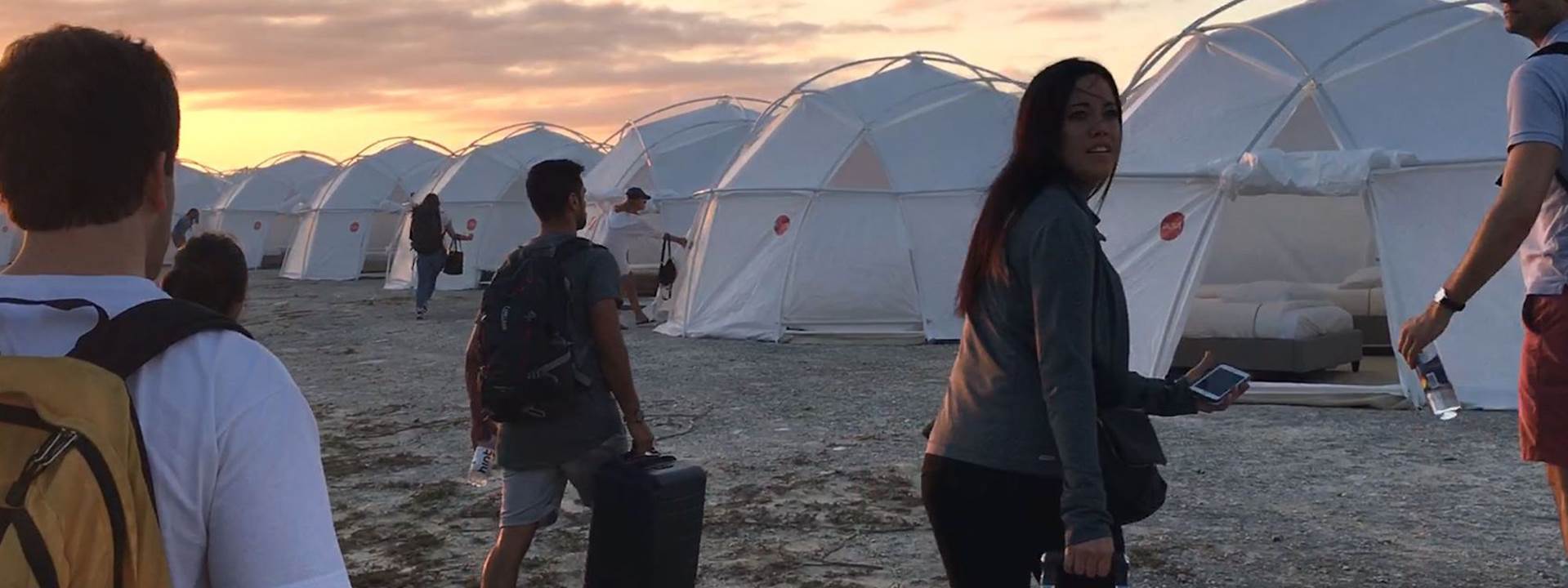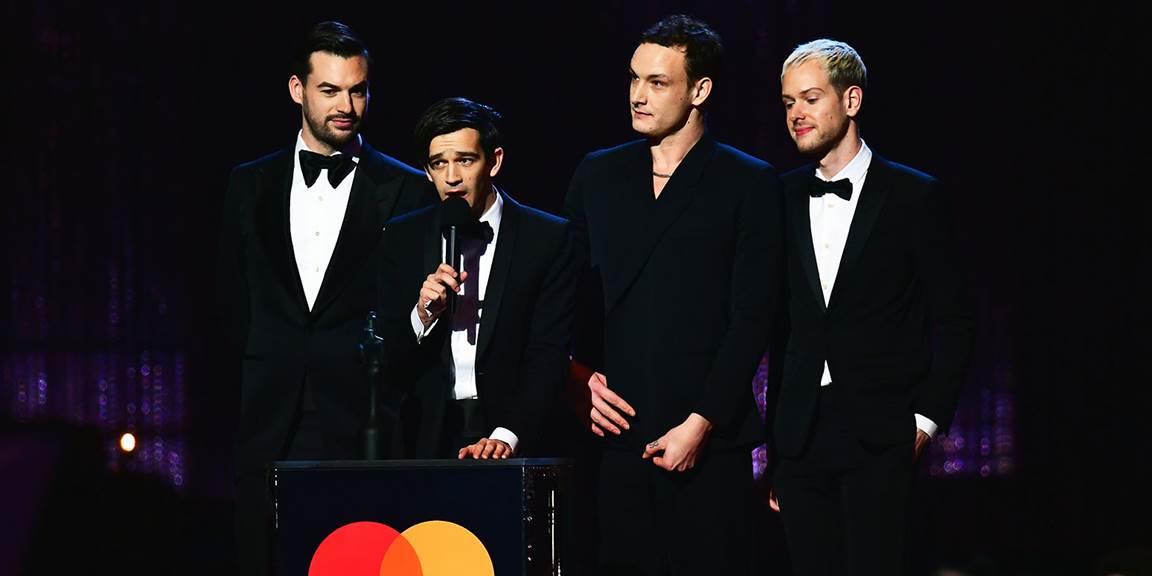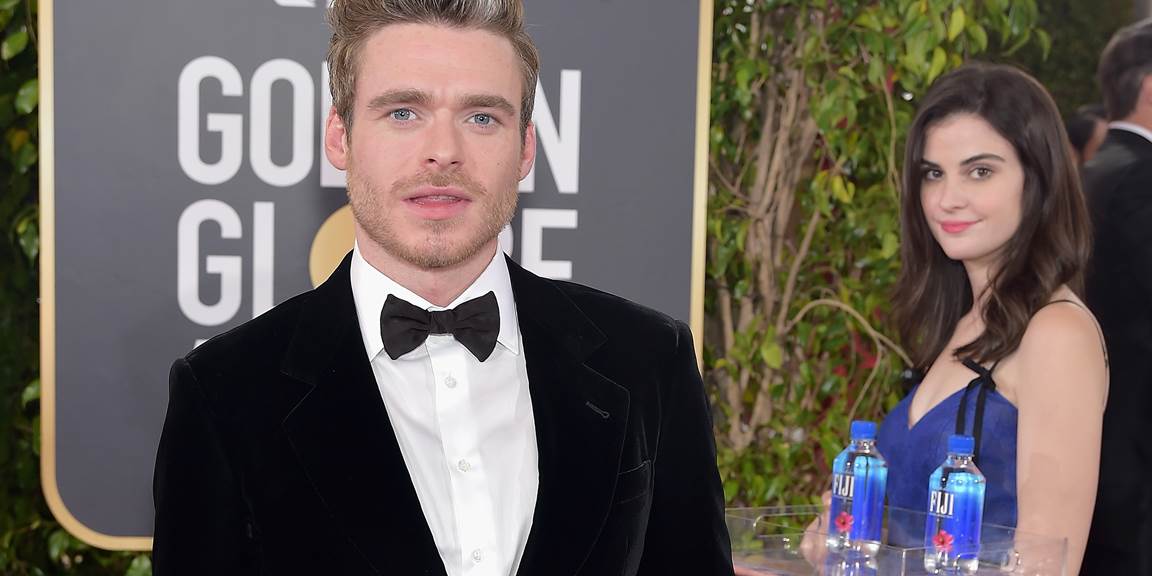What’s brands got to do with it?
In the wake of the globally-acknowledged shambles that was Fyre Festival - so shambolic, there was even a viral Netflix documentary created - it would not be unreasonable to question the role of brand partnerships at cultural events.
In the wake of the globally-acknowledged shambles that was Fyre Festival - so shambolic, there was even a viral Netflix documentary created - it would not be unreasonable to question the role of brand partnerships at cultural events. Are they merely a means for these events to gain more revenue, or do they offer genuine experiential value?
There is most certainly a spectrum across which events can work, adopting varied approaches to these sponsorship agreements.
On the one hand, Fyre, unlike music festivals as we may know them in the UK, didn’t rely on corporate brand partners, but instead on individuals with their own distinctive brands; influencers. Similar to Coachella and the hordes of celebrities who flock annually to take photos in the glorious California sun, from the comfort of various VIP tents, Fyre also leveraged these influencers’ own personal brands to substantiate its image. To position itself as the most desirable festival of the decade, it recruited the most desirable people on the internet. We know now, of course, this did not quite go to plan...

Across the other end of the spectrum, there are increasing numbers of UK-festivals which play host to brand-sponsored stages. They both serve the purpose of directly promoting the product - oftentimes there are freebies and tasters - as well as providing an exciting customer experience, away from a traditional retail remit.
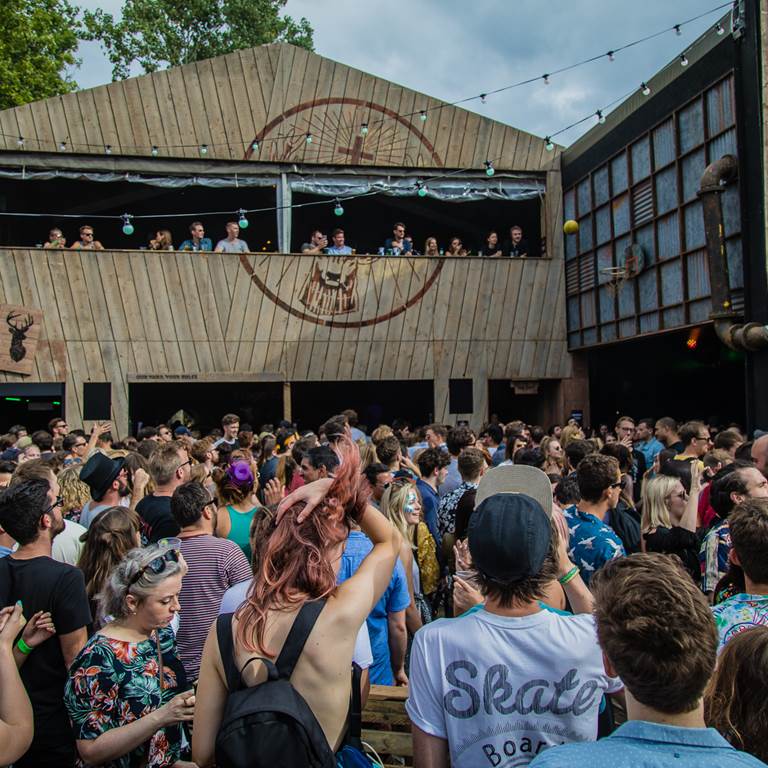
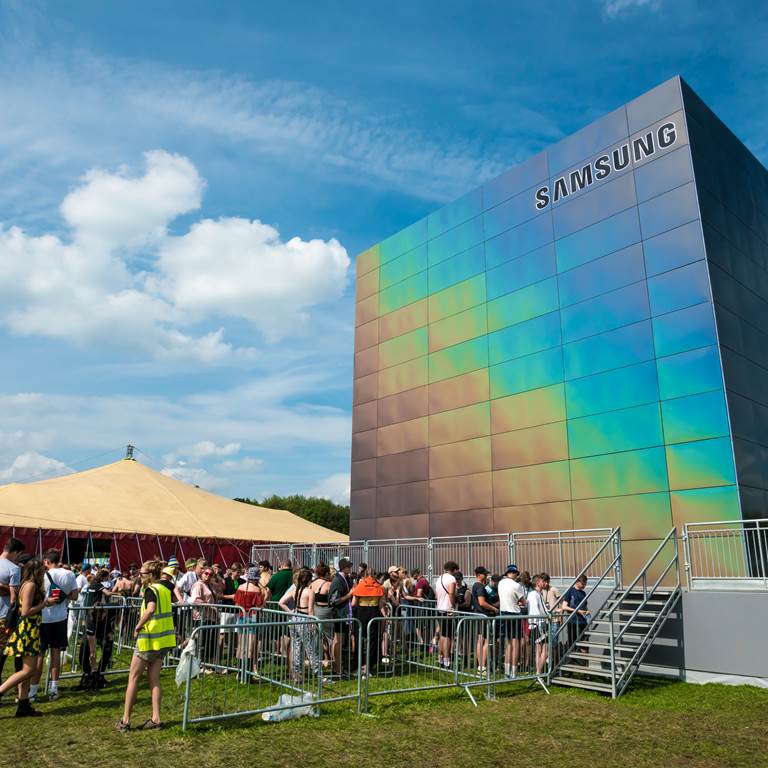
From Samsung’s virtual-reality experiences, to Jagermeister’s immersive stages, brands have been known to draw in the crowds who are looking for the alternative festival experience. It’s a great way to add value to both the brand and to the event itself.
Somewhere in the middle, however, we have other cultural events such as the Brits, or the Golden Globes. In their entirety, they are large enough brands and cultural moments in themselves that they don’t need as heavy-handed corporate visibility. More generally, they are comfortable in partnering with equally well-known brands, in a more discrete manner. How they do this, is up to interpretation.
Every year, iconic musical award ceremony, The Brits, is sponsored by Mastercard. They sponsor particular awards; notably the British Album of the Year is named after the global brand. Otherwise, their colourful logo that sits visibly, yet comfortably, across the event sites, on-set décor and public communications.
Perhaps one of the best pieces of inadvertent, yet blatent, brand sponsorship was Fiji Water’s guerrilla hijacking of this year’s Golden Globes. A model handing out the company’s free water bottles found herself tactically placed behind just about every celebrity photoshoot on the red carpet. The result? #FijiWaterGirl became the second most-used hashtag on the night, after #GoldenGlobes itself. And Fiji Water received a whole lot of free traffic and publicity, merely from their model appearing in the background of everyone’s favourite celebrity shots.
After all of this, however, what do many punters consider the most iconic cultural event in recent history? It wouldn’t be unexpected to have Glastonbury Festival top of that list. Their corporate sponsors are few and far between, and are vetted carefully so as not to over-commercialize the event. They aim to provide genuine value to attendees and provide an experience-enhancing opportunity, with minimal branding and corporate spiel.
The brand outtake and added value is all in the execution; what experience do brands want their customers, new or existing, to have? And what are they willing to provide to achieve this?

